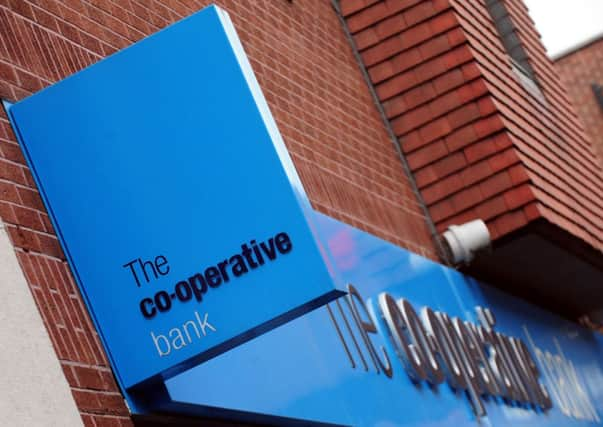Pledge to act over sector’s boom and bust


Andy Haldane, who is from Yorkshire, described the sector as probably “the most pro-cyclical on the planet” and promised that regulators will intervene to “smooth out the stomach-churning highs and lows”.
“The boom-bust cycle in the sector is simply too damaging to be left to free-wheel. It is high time to develop some properly functioning gears and brakes,” he said.
Advertisement
Hide AdAdvertisement
Hide AdThe executive director for financial stability was speaking at a dinner this week to mark the 20th anniversary of the Bank of England Commercial Property Forum.
His speech, published yesterday, noted that the forum of developers, investors, lenders, occupiers, surveyors, auctioneers, researchers and regulators has failed to solve the problem of boom and bust in the market.
Commercial property prices today are 37 per cent below their peak, while secondary properties are more like 50 per cent below, said Mr Haldane.
The fall to earth came after a long wave of rising property prices, deeper liquidity and rapid and imprudent lending.
Advertisement
Hide AdAdvertisement
Hide AdThe subsequent crash led to the departure of several UK banks from the high street and the economy suffering its most painful contraction since at least the 1930s, said Mr Haldane.
Aggressive commercial property lending at Halifax Bank of Scotland caused huge losses when real estate values plunged following the financial crisis and led to the bank’s rescue by Lloyds.
The Co-operative Bank was brought low by writedowns on the commercial property loans it inherited from the acquisition of the Britannia Building Society.
The forum published proposals in October to avert another crisis, including reforms to the way that properties are valued, which can create the appearance of a safety margin for lenders.
Advertisement
Hide AdAdvertisement
Hide AdMr Haldane said one proposal that caught his eye was for lending decisions to be based on medium term or sustainable valuations, rather than “on spot”.
He added that policymakers must do a better job of taking prompt, corrective action to lean against financial swings that threaten to put at risk the financial system and wider economy.
“We need to be popping, not mopping,” said Mr Haldane, who gave the example of the recent decision to reduce some of the stimulus provided to mortgage lending.
Mr Haldane claimed that commercial property lay at the heart of the UK secondary banking crisis of the 1970s, the US savings and loans crisis of the 1980s, the Japanese and Scandinavian meltdowns of the early 1990s and the Asian banking crises of the late 1990s.
Advertisement
Hide AdAdvertisement
Hide AdDuring these crises, prices fell 40 per cent on average and often much more, he said.
“The costs to the wider economy of these boom-bust cycles have been even more striking,” Mr Haldane added.
“The cumulative loss of output from a residential property-related recession, for example, is around three times greater than a plain vanilla recession at around 10 per cent of GDP. Its duration is also around a third longer.”
He said: “It may not be an over-statement to say that, historically, commercial property has probably been the most pro-cyclical sector on the planet.
Advertisement
Hide AdAdvertisement
Hide Ad“It has probably contributed more to financial crises, and the associated output and job losses, than any other area of industry, outside of banking.”
Mr Haldane grew up in Guiseley, near Leeds, and studied economics at Sheffield University. He joined the Bank of England in 1989 and is regarded as one of its pre-eminent thinkers.
The Bank of England Commercial Property Forum is chaired by Ian Marcus, the former chairman of European real estate investment banking at Credit Suisse.
He is a long-standing adviser to Leeds companies Evans Property Group and Town Centre Securities. He is also a Crown Estate commissioner and the chairman of the Prince’s Regeneration Trust.
Advertisement
Hide AdAdvertisement
Hide AdMr Marcus told the Yorkshire Post that the commercial property industry is grateful for the opportunity to have a regular dialogue with the Bank of England. Both sides benefit from that dialogue and transparency, which can help “smooth out cyclicality” in the real estate market, he added.
He said: “There is more liquidity in the market than we have had in recent years.
“We are beginning to work through legacy issues. The recovery remains positive but fragile.”